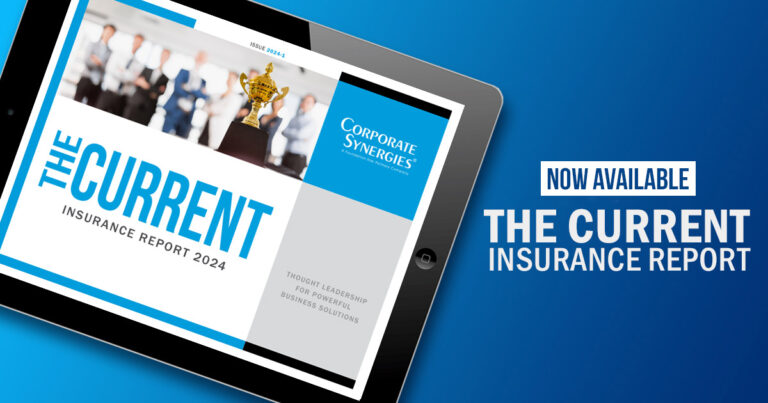Responsibly transitioning to self-funded health insurance can provide cash flow flexibility for some employers—and they are taking the plunge. In 2018, 38.7% of private employers reported that they self-insured at least one of their health plans, up from 26.5% in 1999.1 Among the many important moving parts to consider as you plan that transition is your safety net: stop-loss insurance. Choosing stop-loss insurance isn’t as simple as just choosing a policy. The terms of your first stop-loss insurance contract establish a precedent with carriers, so it’s important to get them right.
Stop-loss insurance is a type of coverage that puts a ceiling on the annual health costs per member, including their dependents. This way, a catastrophic event or chronic illness can’t leave an employer facing bankruptcy due to large, outstanding claims. Like most insurance types, stop-loss coverage is priced based on the amount of risk the employer takes on. This is decided by factors like the cost ceiling, number of members and past claims history.
With so many variables to consider, there are a handful of questions employers should consider before signing the dotted line. Here are a few questions to keep in mind.
1. How much risk are we willing to take on?
On the surface, this question is an obvious one. Your broker can determine a variety of options based on your member demographics, previous claims history and the current stop-loss market. The per-member cost ceiling you select for your plan should be based on that risk assessment and your budget.
Smaller, more risk-adverse groups can select a lower per-member threshold to minimize their risk, while larger groups with more enrollees can select a higher per-member threshold to minimize their stop-loss premium.
But, this question also has a more nuanced, strategic side. Your first stop-loss contract sets the tone for your negotiations at renewal time. For example, if you find you’ve taken on too much risk and spent more than your budget, stop-loss carriers have the upper hand in negotiations and won’t let you drop your claims ceiling without considerable added premium cost.
Make sure your broker is taking this into consideration when providing recommendations, and that you aren’t too aggressive at the onset.
2. What are our contract terms, and will we have coverage gaps?
When reviewing a contract draft during carrier negotiations, be sure to pay special attention to its terms.
High-risk members have an impact on the organization’s risk profile, and in some cases, these individuals may be assigned a higher specific threshold by the carrier, compared to the threshold for the full population. This can increase the organization’s potential exposure but could help you save on overall premium rates. Your broker should help you understand the potential drawbacks of this arrangement.
Though you have the ability to change your contract from one year to the next, when it comes to protection, you can’t add terms or stipulations when you need them; they should already be written into your plan.
For example, the gap in time from when a claim occurs to when the provider is paid can create a situation where the claim falls outside of the plan year—this is known as a “runout” cost. Even in traditional fully funded arrangements, organizations may have pending healthcare costs incurred during the plan year that will be paid after that year ends, leaving the risk with the insurance carrier.
Runout—or run-in—windows are even more important with stop-loss insurance contracts.
If your stop-loss coverage isn’t in place and there are pending claims, you could be responsible for the full cost with a self-funded plan.
Extending your stop-loss insurance contract window (on the front end or back end) by several months could be a small added fee for considerable return. After all, most claims lag comes from hospitals, which are responsible for the largest bills. If financially feasible, we would suggest a 12-month run-in or runout window, though many employers may select a shorter, six-month window.
Your broker should be monitoring any coverage gaps and negotiating with your prospective stop-loss carrier to fill any holes.
3. What is our exit strategy?
If there’s one thing we in the employee benefits industry have learned over the last two years, it’s that organizations’ needs and goals change often—and sometimes quickly.
This exit strategy should be the result of good contract planning at the onset and regular check-ins with your broker. Your benefits team should be assessing your claims information throughout the year and providing updates on your expenditures, risk exposure and changes in the stop-loss market that could impact costs.
1 Self-Insured Health Plans: Recent Trends by Firm Size, 1996‒2018, “EBRI”





